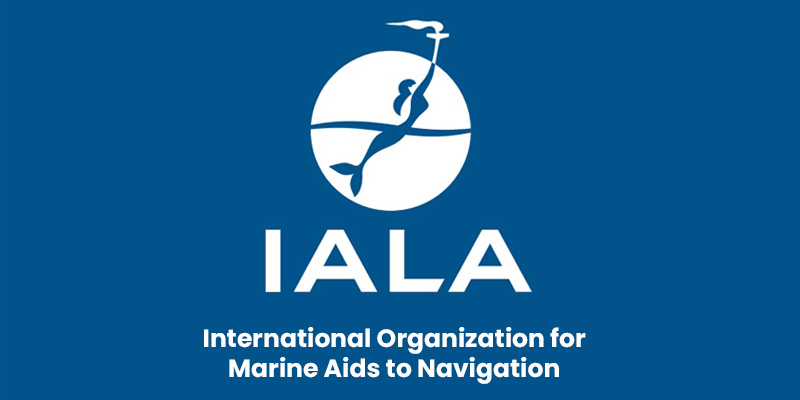Font size:
Print
Rogue Waves: Unpredictable Giants of the Sea
Context:
A pioneering study led by mathematicians from the University of Maryland has made substantial progress in forecasting rogue waves.
More on News:
- The study, titled “Prediction of freak waves from buoy measurements,” offers hope for significantly reducing the risks associated with rogue waves and improving maritime safety.
- By utilising data from 172 ocean buoys, the researchers developed an AI program capable of detecting wave patterns that precede rogue waves with up to five minutes of advance notice.
Rogue Waves
- Once considered folklore, rogue waves are now accepted as real by scientists.
- Often described as “walls of water” with steep sides and deep troughs.
- Huge, unpredictable, and poses danger to ships, infrastructure, and lives.
- These waves, which can be twice the height of surrounding waves, have historically eluded accurate forecasting methods.
- Previously unpredictable: No real-time forecasting method existed.
- Between 2011 and 2018, rogue waves resulted in at least 386 fatalities and sank 24 ships.
- In 2022, for example, one cruise ship passenger died and others were injured when a freak wave hit the Viking Polaris.
Key Highlights:
- The AI model was trained using billions of data points from ocean buoys, analysing 20-minute samples of wave activity.
- For samples containing rogue waves (as defined by NOAA), the recording ends at the point when the rogue waves occur.
- The rogue wave samples were then compared to all other samples (in which rogue waves did not occur) to train the AI programme.
- The AI was then able to distinguish between these patterns.
- Leading to a predictive capability of approximately 75% for rogue waves one minute in advance and about 73% for five minutes ahead.
- The World Meteorological Organization (WMO) sea state code characterises sea state based on wave height on a scale of 0 (no waves) to 9 (waves over 14 m).
- According to the U.S. National Oceanic and Atmospheric Administration (NOAA), rogue waves often emerge from the convergence of distant weather systems or from the compression of ocean currents, resulting in a single, amplified wave that can be extraordinarily dangerous.

AI’s Potential and Future Directions:
- Researchers demonstrated its potential by accurately predicting rogue waves near two additional buoys that were not part of the initial training data.
- The AI’s predictive capabilities might be broadly applicable across various oceanic conditions and depths. More advanced AI architectures and larger datasets could lead to near-perfect prediction models.
- Future improvements could enhance the AI’s accuracy by incorporating additional physical parameters such as water depth, wind speeds, and buoy locations.
In oceanography, sea state refers to the condition of the surface of a large body of water at a certain location, at a certain point of time.


